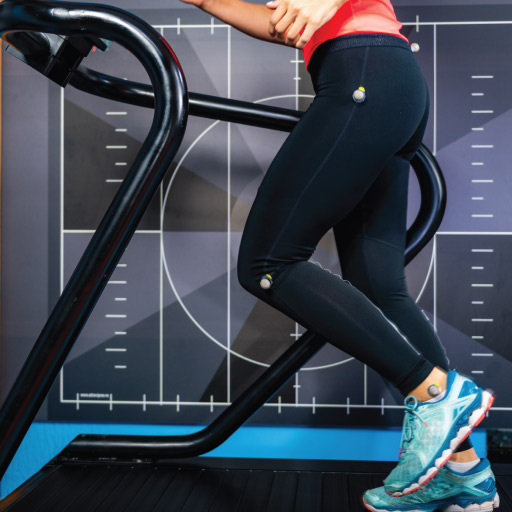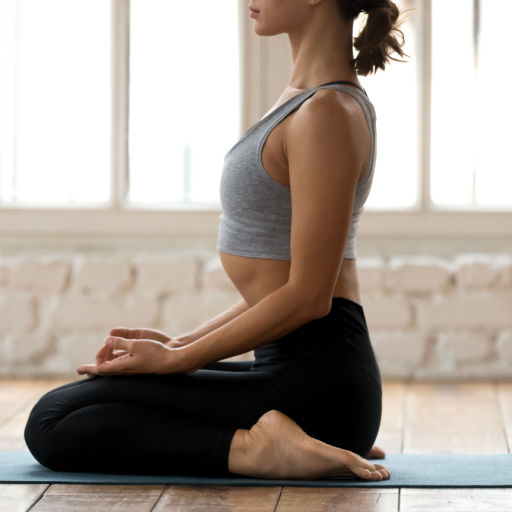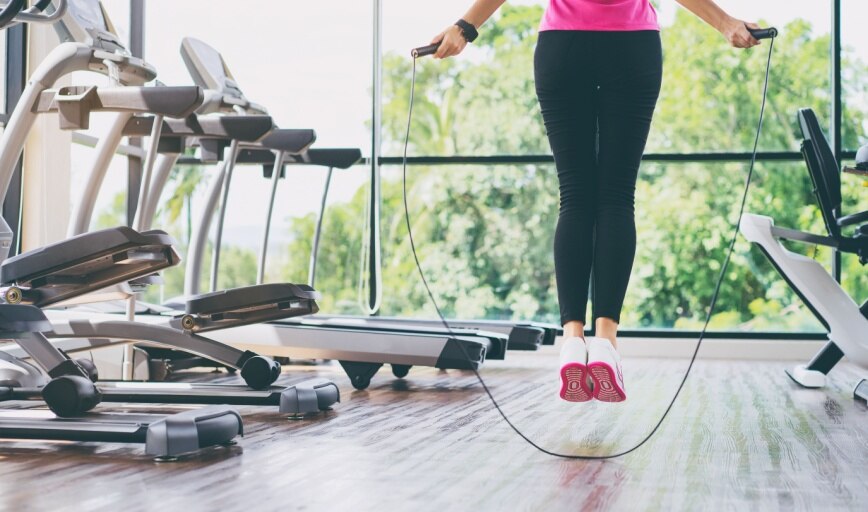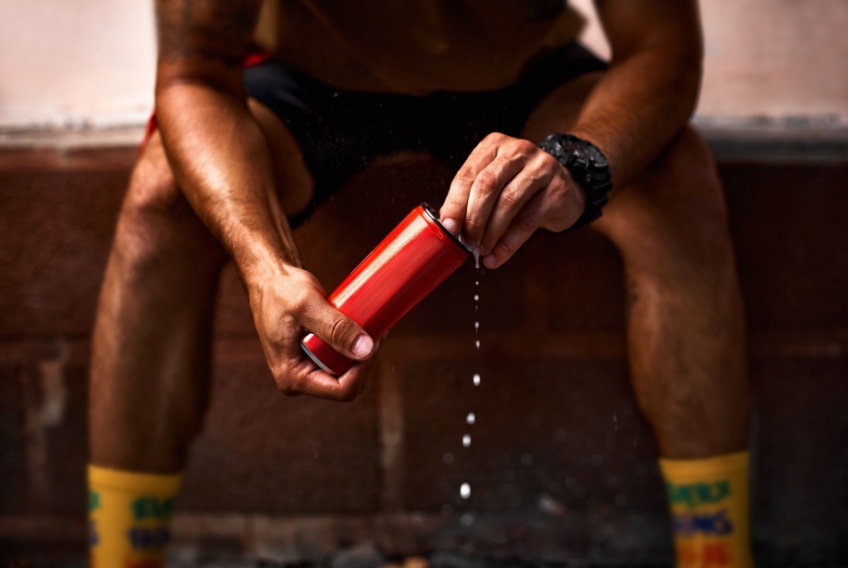Biomechanics is the study of human anatomy, similar to how a car mechanic studies a vehicle. However, our human bodies are far too complex compared to most machines. Sports biomechanics is defined as the study of the movement of the human body during sporting activities.
What You Need To Know:
- What is biomechanics? How is it used in sports?
- How does biomechanics help in sports?
- What is the importance of biomechanics in sports?
What is biomechanics? How is it used in sports?
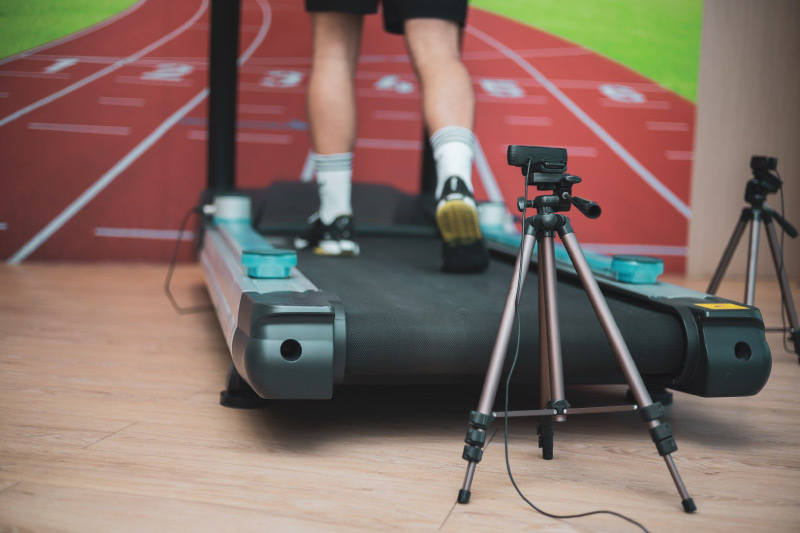

Biomechanics is a scientific field that deals with the movement of human bodies. It’s all about understanding the movement patterns and external forces involved in various physical activities like sports. It can also be used to understand different athletes’ techniques to suggest ways to improve performance while decreasing the risk of injuries.
Biomechanics is not a new way to test athletes’ performance, but it is an essential tool in sports science to prevent the risk of injuries. The process of biomechanical testing involves the following steps:
- Analyze athletes’ movement patterns.
- Collect data on various parameters, including muscle activity, joint angles, energy expenditure, and ground reaction forces.
- Evaluate athletic performance, assess the efficiency of movement patterns, and identify areas where performance can be optimized.
- Develop interventions to address inefficiencies.
- Follow-up testing to assess the effectiveness of interventions.
One example of how biomechanics is used in sports is baseball pitching analysis. Pitchers generate a lot of force when they throw the ball, which can stress their arms and shoulders. By studying pitching mechanics, coaches and trainers can identify areas where pitchers may be at risk of injury and develop strategies to reduce the risk. Researchers can use the importance of biomechanics in sports to develop new strategies and equipment to improve the performance of athletes.
The analysis of sports biomechanics requires specialized knowledge and skill. Therefore, professionals like biomechanists, sports scientists, physical therapists, coaches, and researchers have the appropriate training and expertise to develop innovative approaches to performance optimization.
How does biomechanics help in sports?
Biomechanics in sports can help players perform at their peak performance. Biomechanics experts can understand the movement patterns involved in specific sports. This enables them to watch out for improvement in players’ body composition for their growth in performance.
Let’s take a look at how it plays a vital role in sports:
- By studying all the forces involved in an activity, you can pinpoint problematic movements and equipment that might contribute to injury risks, allowing you to reduce such risks.
- Biomechanics rely on empirical data that can be used to make effective sports decisions. Using tools like capture cameras and sensors can help biomechanics to identify room for improvement.
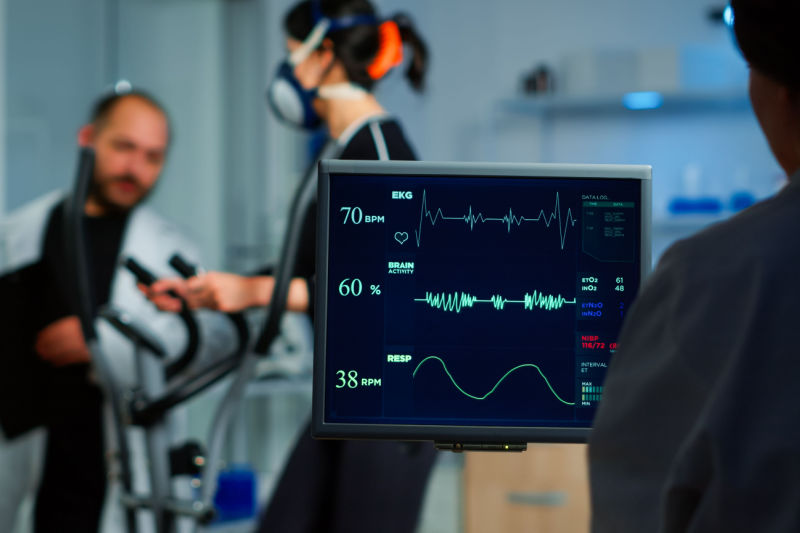

The study of biometrics can be broken down into two broad areas: kinetics (the study of forces acting on the body) and kinematics (the study of body movement). Biomechanics uses techniques including mathematical modelling, computer simulations, and measurements to enhance sports performance, identify optimal movement patterns, and analyze muscular recruitment. There are several methods to analyze biomechanics:
- Motion Capture Systems use cameras and sensors to track an individual’s and object’s movements in three-dimensional space. It is commonly used in sports science and animation to analyze movement patterns and maximize performance.
- Force Plate Analysis measures the ground reaction forces generated during running, jumping, and landing. This platform combined with 3D motion analysis, helps calculate joint kinetics and weight transfer in dynamic activities.
- Electromyography (EMG) evaluates muscle function, identifies muscle imbalances, and guides rehabilitation programs.
- Accelerometers, Gyroscopes, and Lasers are used to determine the technical characteristics of an athlete’s motion.
What is the importance of biomechanics in sports?
Peak athletic performance and minimal injury risks go together. The better an athlete’s technique, the more chances of them performing at their best without injuries. For instance, improving throwing techniques can lead to a decreased risk of injuries.
Athletes can understand how their parts function while running, jumping or changing directions during a sporting activity. This essential information can help them focus on improvement during training sessions. As a result, biomechanics can take players to the next level.
Stay tuned to the Activ Living Community. Keep up to date with the latest health tips and trends through expert videos, podcasts, articles, and much more in nutrition, fitness, mindfulness, and lifestyle conditions like Asthma, Blood Pressure, Cholesterol, and Diabetes.
You may also be interested in the following blogs:
Popular Searches
How to lower blood pressure | Fruits good for liver | Unhealthy foods | Ragi Benefits | Basal Metabolic Rate | Acupressure points for High Blood Pressure | Ayurvedic medicine for blood pressure | How to control cholesterol at home | Homeopathy for Asthma | Biological Age | Home remedies for TB | Natural beta blockers | Negative effects of internet | Types of walking | Blood pressure calculator | Blood sugar calculator | BMI Calculator












